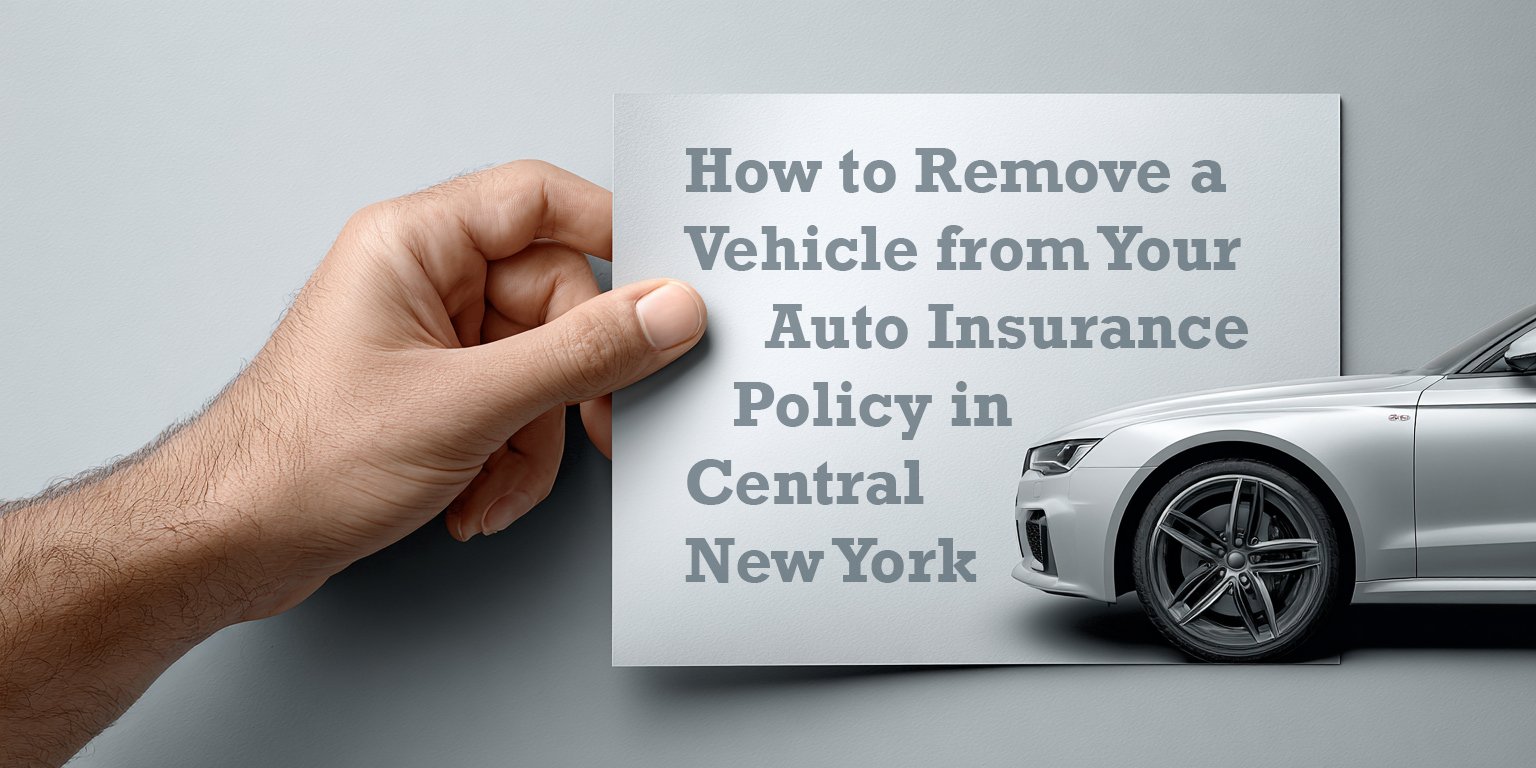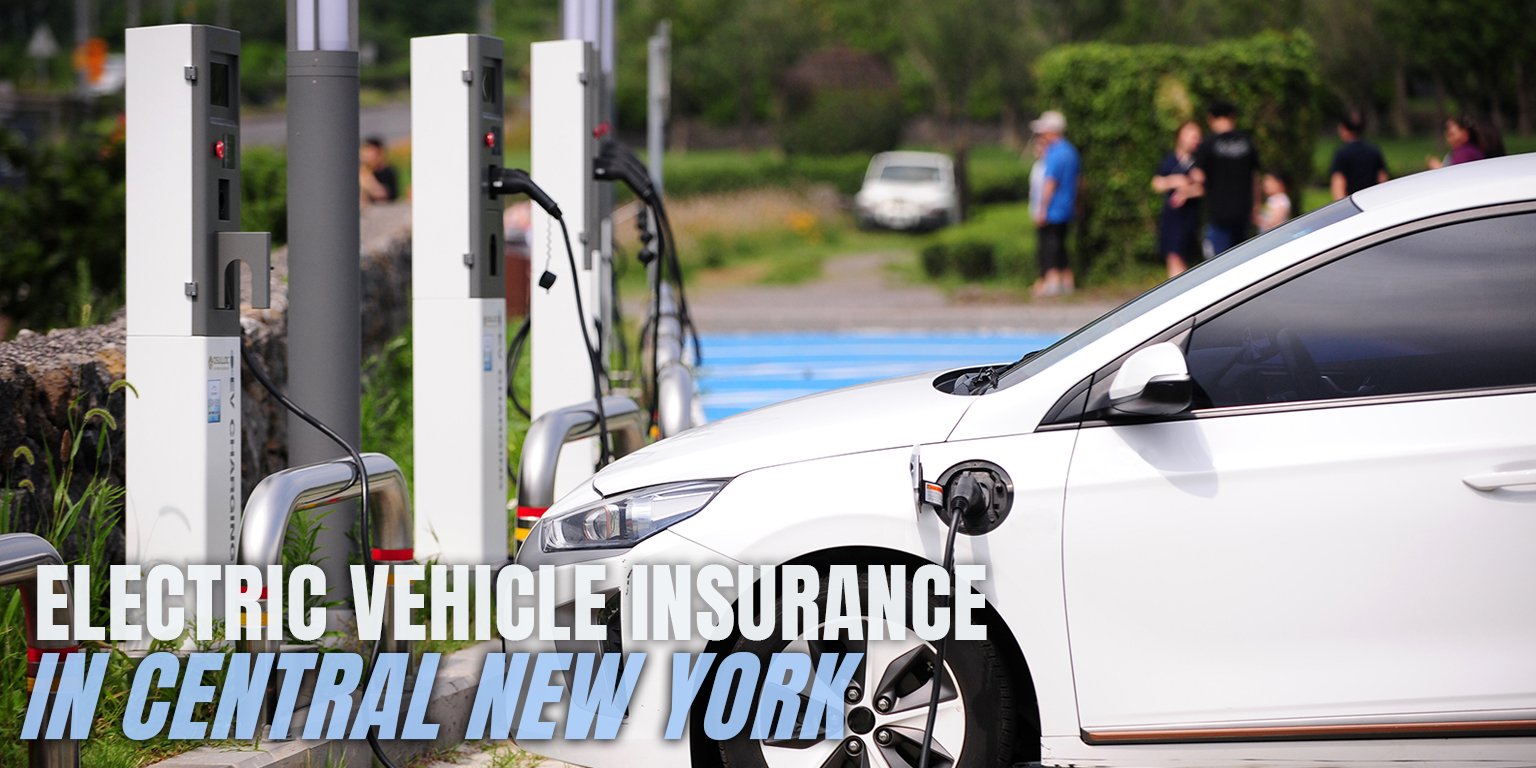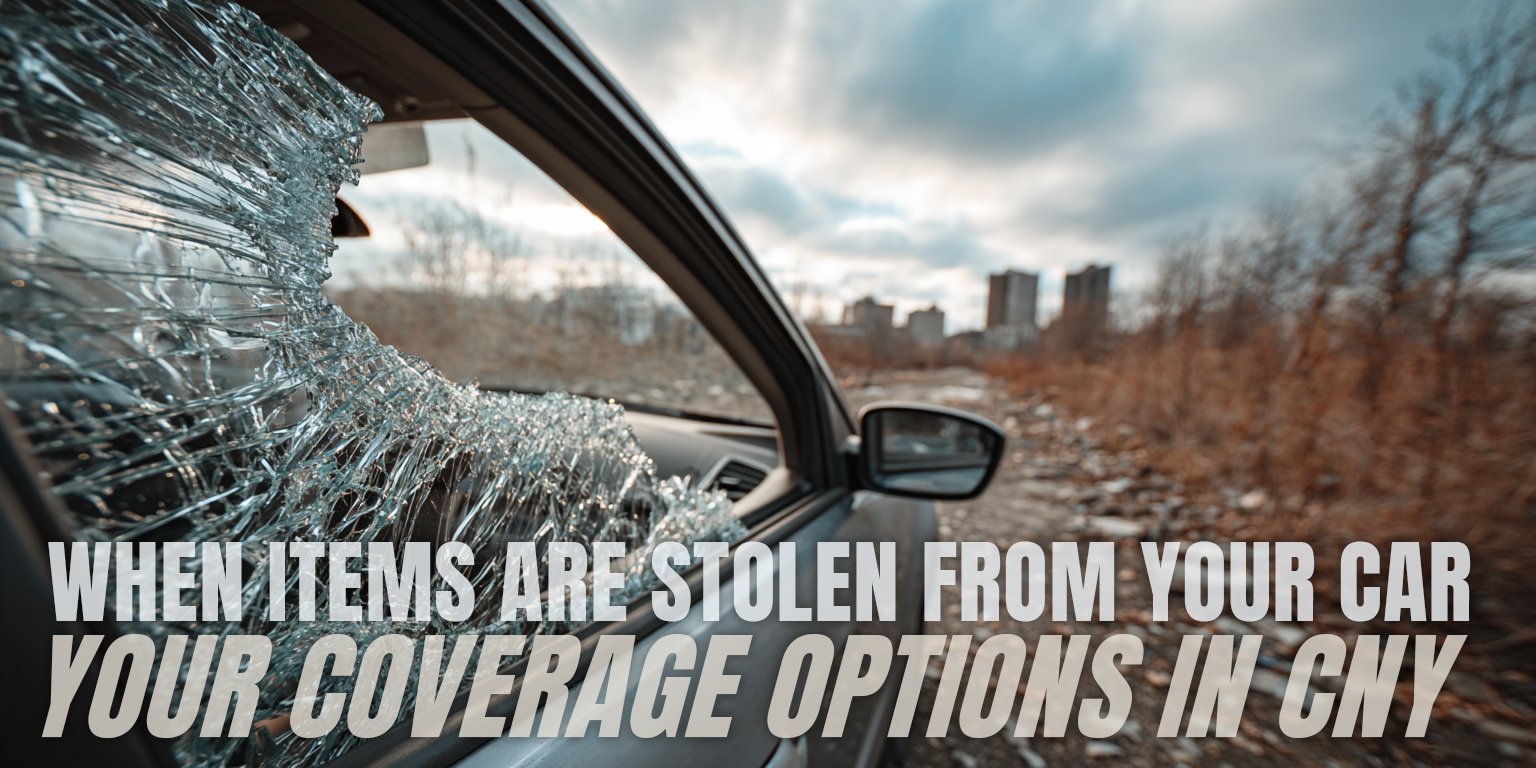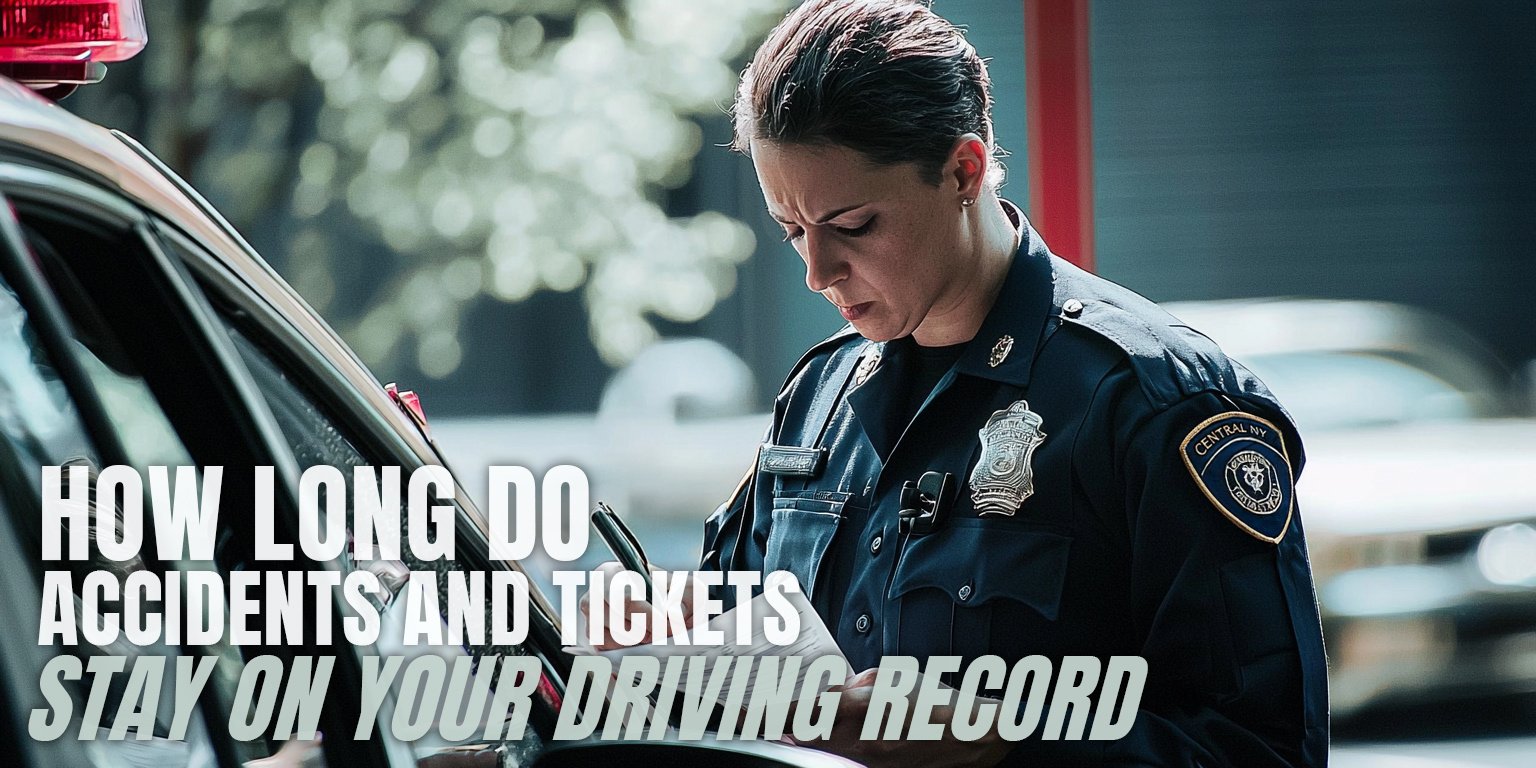Auto Insurance Quotes: How to Read Them Effectively
August 29th, 2023
8 min read

Shopping for car insurance can be a daunting task. You want to find the best coverage for your needs. But you also don’t want to pay more than you have to. You may feel overwhelmed by the different options, confused by the jargon, or frustrated by the lack of transparency.
You’re not alone. Many drivers struggle to understand and compare auto insurance quotes from different companies. They may end up choosing the wrong policy, paying too much, or missing out on valuable discounts.
But it doesn’t have to be this way. You can learn how to read auto insurance quotes effectively and make smart decisions for your car and your wallet. You need a guide to help you navigate the process and simplify the information.
That’s where we come in. We’re Horan, an independent insurance agency in Central New York. We’ve been serving customers like you for over 15 years. We have the experience, expertise, and tools to help you find the best car insurance for your situation.
In this article, we’ll show you how to compare car insurance quotes. To do so, you’ll use key factors such as coverages, limits, deductibles, and discounts. And you’ll learn how to choose the right car insurance policy that meets your needs and budget.
By following these steps, you’ll be able to read auto insurance quotes effectively. You’ll also be able to enjoy peace of mind knowing that you have the protection you need at a price you can afford.
How to Understand the Different Components of Auto Insurance Quotes
There is no universal template that insurers use when drafting auto insurance quotes. In your search for coverage, one quote will look different from the next. Line items for coverages will be in different places. So you may find it challenging to figure out what is equal to what when comparing coverages.
Where one carrier calls a coverage “comprehensive,” another might say “other than collision.” This is the same coverage in both cases. Just be aware of these differences.
Before you can compare auto insurance quotes, you need to understand what they consist of. An auto insurance quote is a summary of coverages, limits, deductibles, and discounts. A carrier offers you these as line items for your car insurance policy. These components affect how much you pay for your car insurance. And they show how much protection you have in case of an accident or a claim.
Let’s take a look at each component and what it means for you:
- Coverages are the types of protection your car insurance policy provides. They include liability, collision, comprehensive, personal injury protection, uninsured/underinsured motorist, and more. Each coverage has a specific purpose. And they cover different types of damages or injuries you or others may suffer in an accident.
- Limits are the highest amounts your car insurance policy will pay for each coverage. They are usually expressed as two numbers separated by a slash, such as 25/50/25. The first number is the limit for bodily injury liability per person. The second number is the limit for bodily injury liability per accident. And the third number is the limit for property damage liability per accident. You can choose higher or lower limits depending on your needs and budget. For more on this, read “Auto Liability Coverage Limits Explained.”
- Deductibles are the amounts you have to pay out of pocket before your car insurance policy kicks in. They apply to coverages such as collision and comprehensive. These cover damages to your own car. The higher your deductible, the lower your premium, but the more you have to pay in case of a claim. Learn more about how auto insurance deductibles work in New York State.
- Discounts are the reductions you can get on your car insurance premium. They’re based on various factors. These can include your driving record, your car’s safety features, your loyalty to the carrier, and more. Different companies offer different discounts. So, it’s important to ask about them and compare them when shopping for car insurance.
By understanding these components, you can better evaluate and compare auto insurance quotes from different companies. You can also adjust them to suit your needs and preferences.
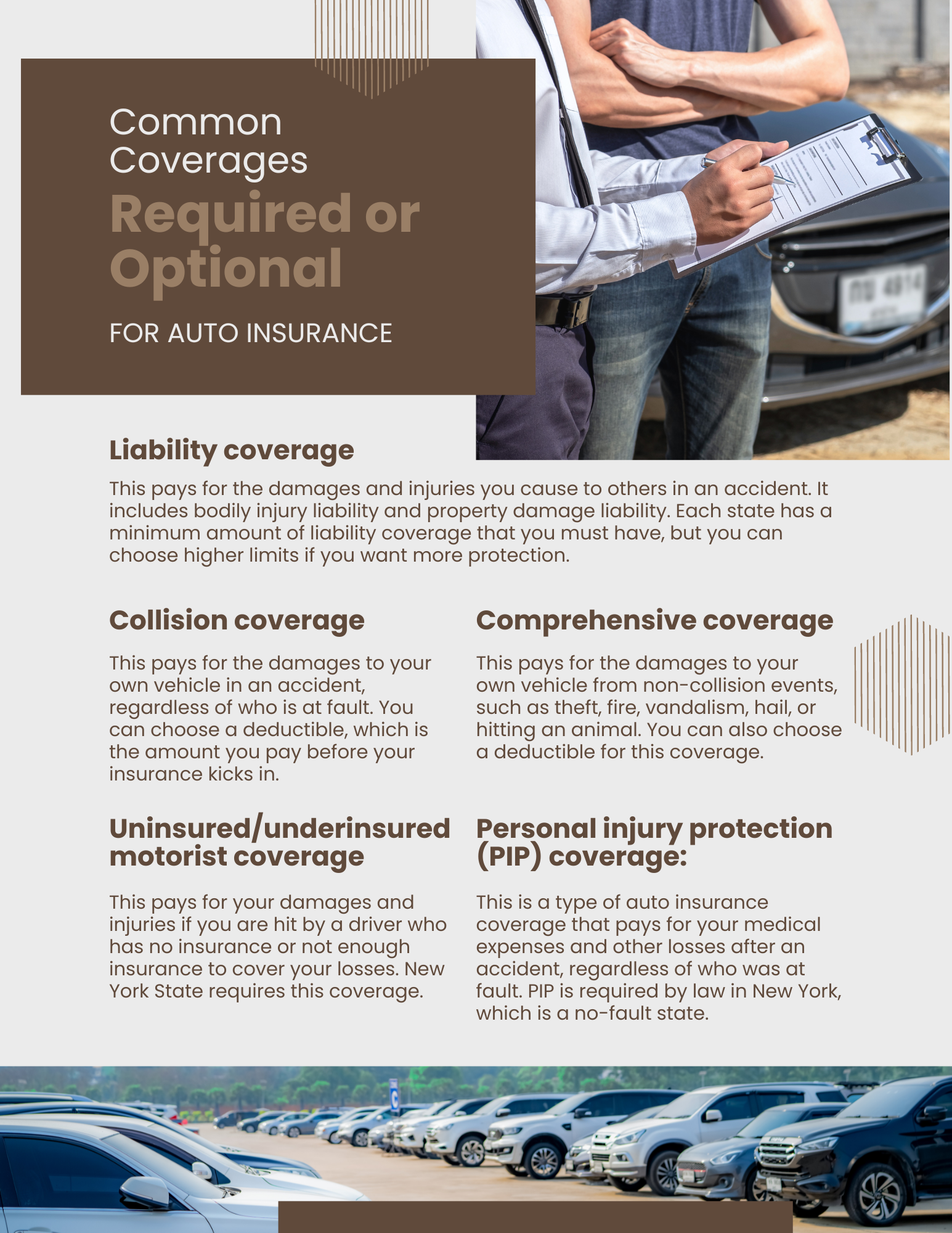
Be Mindful of the Policy Length on Auto Insurance Quotes
Another factor to consider when reading auto insurance quotes is the policy length. The policy length is the duration of time that your car insurance policy is valid and in effect. It can be either six months or 12 months, depending on the company and your preference.
The policy length affects how often carriers review your car insurance rates. Carriers make policy adjustments at the end of each policy term. In this case, either six months or 12 months. They will look at your driving record, claims history, credit score, and other factors. This will determine if your rates should go up or down. They may also offer new discounts or remove existing ones based on your eligibility.
A six-month policy means a carrier reviews your rates twice a year. A 12-month policy means they review your rates once a year. There are advantages and disadvantages to both options:
- A six-month policy gives you more flexibility. You can shop around for better deals more with greater frequency. It also allows you to see lower rates sooner if your driving record or credit score improves during the term. This also means more opportunities for the carrier to raise rates if you have an accident or a violation.
- A 12-month policy gives you more stability and predictability with your rates. You can lock in a lower rate for a longer period of time and avoid rate increases due to inflation or market changes. This also means a higher upfront cost even if the policy is more affordable over the long run.
When reading auto insurance quotes, be mindful of the policy length. Understand how it affects your rates and coverage. You should choose the option that best suits your needs and preferences. You can also ask the carrier if they offer both options. If so, are there any differences in price or benefits between them?
Become Familiar with Tricky Policy Language
Full Glass Coverage
When reading auto insurance quotes, you may encounter unclear and inconsistent terms. Different companies may use different words for the same type of coverage or benefit. This can make it hard to understand and compare what each quote offers you.
Here’s one way to avoid confusion and frustration. Become familiar with some of the tricky policy language you may encounter.
One example is full glass coverage. This is an optional coverage that covers the repair or replacement of your windshield and other glass on your vehicle. But it does so without requiring you to pay a deductible. This can save you money and hassle if your glass gets damaged by a rock, a hailstorm, or a vandal.
Not all companies offer full glass coverage. Look for terms like “full auto glass” or “glass deductible is zero” to see if a quote includes full glass coverage.
Other Than Collision Coverage
Another example is other than collision and comprehensive. These are two terms that refer to the same type of coverage. But some companies may prefer one over the other. This coverage protects your vehicle from damage caused by events that are not related to a collision. This includes theft, fire, vandalism, animal strikes, falling objects, or natural disasters.
You should look for either term when reading and comparing quotes. And make sure you understand what perils are covered and what deductible applies.
Comprehensive and Collision Coverage
A third example is collision and comprehensive. These are two different types of coverage that cover physical damage to your vehicle. But they have different scopes and deductibles.
- Collision covers damage caused by hitting another car or object, or by rolling over.
- Comprehensive covers damage caused by anything else that is not a collision. This is why it is sometimes called “other than collision coverage.” You should compare the limits and deductibles of both coverages when shopping for quotes. Then decide how much protection you need for your vehicle.
Learn more about how “other than collision/comprehensive coverage differs from collision coverage.
So, become familiar with these tricky policy terms. You’ll have a better understanding when reading and comparing auto insurance quotes. You can also avoid surprises and disputes when you need to file a claim.
The Difference Between Named Insured and List Only Drivers
When you buy a car insurance policy, you have to decide who it will cover. There are two main categories of drivers you can include on your policy. They are named insured and list only drivers. Carriers also refer to list only drivers as additional insureds. Knowing the difference between them can help you avoid coverage gaps and disputes in case of an accident.
- Named insured drivers are the people who own or lease the vehicle and the policy. They have full rights and responsibilities under the policy. They can make payments, file claims, add or remove drivers, and change coverages. They are also covered when they drive any other vehicle with the owner’s permission. A policy can have more than one named insured driver, such as a married couple or a co-owner.
- List only drivers are the people who are allowed to drive the vehicle on occasion with the named insured’s permission. The policy covers them but they have no control over it. They cannot make changes, file claims, or receive payments from the insurance company. They are also not covered when they drive any other vehicle unless they have a separate policy.
To avoid confusion and liability issues, you should always inform your carrier about who drives your vehicle and how often. And verify that the agent has listed all drivers on the policy as you intended. You should also review your policy regularly and update it as needed. By doing so, you can ensure that you have adequate coverage for yourself and your loved ones.
Pay Attention to Your Payment Plan
Another aspect that you should pay attention to when reading and comparing auto insurance quotes is the payment plan. The payment plan is the way you pay your car insurance premium, either in full or in installments. The payment plan can affect how much you pay in total and how convenient it is for you.
Different companies may offer different payment options. They include paying annually, semi-annually, quarterly, or monthly. Some quotes may show you all the available payment options. Others may only show you the ones that the agent selected for you. You should know what payment plan you prefer and look for it when reading and comparing quotes.
Look For Hidden Fees and Discounts on Auto Insurance Quotes
The payment plan can also affect the amount of fees you have to pay. Some companies may charge you a fee for each installment payment. This can be an electronic funds transfer (EFT) fee or a service fee. These fees can add up over time and increase your total cost. You should look for any fees associated with the payment plan. Factor them in when reading and comparing auto insurance quotes.
Some companies may also offer you a discount if you pay your premium in full or sign up for automatic payments. These discounts can lower your premium and save you money. You should ask about any available discounts. See if they apply to your preferred payment plan.
Pay close attention to your payment plan and other areas of your auto insurance quotes. You can avoid paying unnecessary fees and take advantage of available discounts.
The New York Motor Vehicle Law Enforcement Fee
When you buy or renew a car insurance policy in New York State, you have to pay a fee for each vehicle you insure. The New York Motor Vehicle Law Enforcement Fee is $10 for every vehicle that has a one-year policy renewal. It becomes a $5 biannual cost for every vehicle listed on a policy that renews twice per year.
The fee helps the state to prevent and investigate car crimes. The insurance companies collect the fee from you and send it to the state. The state then gives it to the police and other agencies.
The fee is nonrefundable. You don’t get it back even if you cancel a one-year policy after two months. And you’ll pay the fee again a day later if you buy a new policy.
The New York Motor Vehicle Law Enforcement Fee may not seem like a big deal. But it can add up over time and affect your budget. You should be aware of this fee and factor it into your comparison when shopping for car insurance. You should also ask your agent if there are any other fees or charges that are not included in the quote.
Reading Auto Insurance Quotes Doesn’t Have to Be Challenging Anymore
By following our tips and advice, you can make smart and informed decisions for your car and budget. You can find the best car insurance policy that meets your needs. You can also save money and avoid paying unnecessary fees or penalties.
But if you overlook the important aspects of auto insurance quotes, you may end up with a policy that isn’t right for you. You may pay too much for coverage you don’t need or want. You may also miss out on valuable discounts or benefits that could lower your premium. Worse, you may have coverage gaps or disputes that could leave you exposed to financial and legal risks.
That’s why we recommend you click the Get a Quote button below. Let us do the heavy lifting for you.
We know that comparing auto insurance quotes can be challenging and confusing. That’s why we created a unique way of sending you a quote that is clear and easy to understand. Instead of sending you a dry PDF attachment that offers little in the way of context, we send you a video.
In it, we review your tailored quote with you and explain every detail. This way, you can see and hear what each coverage offers you and how the policy fits your needs and budget. You can also ask us any questions or concerns you may have along the way.
Now add to your knowledge base by learning how to properly compare auto insurance quotes.
And read this article to avoid problems with cheap auto insurance quotes.
Daniel is an accomplished content creator. He has been working in publishing for almost two decades. Horan Companies hired Daniel as its content manager in November 2022. The agency entrusted its messaging to him. Since then, Daniel has written insurance articles, service pages, PDF guides, and more. All in an effort to educate CNY readers. He's helping them understand the world of insurance so they can make informed decisions.
Topics:





